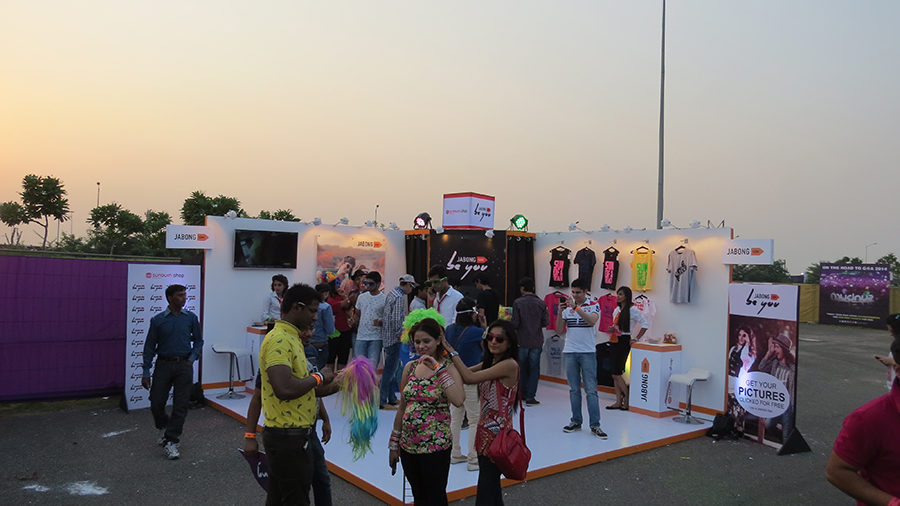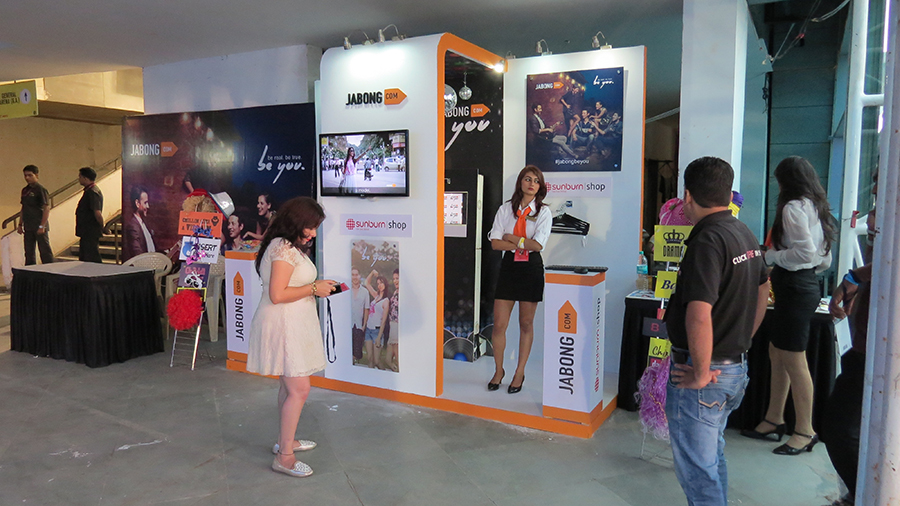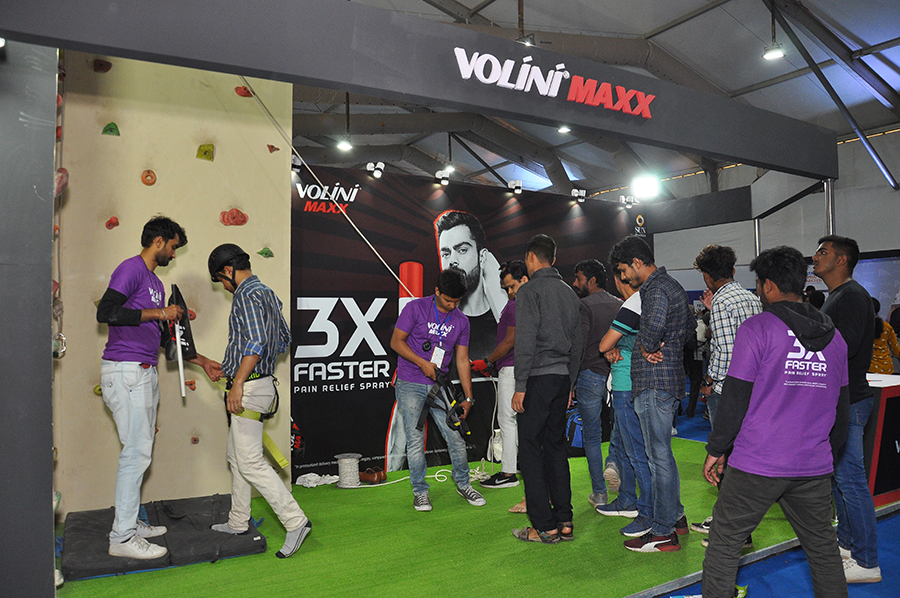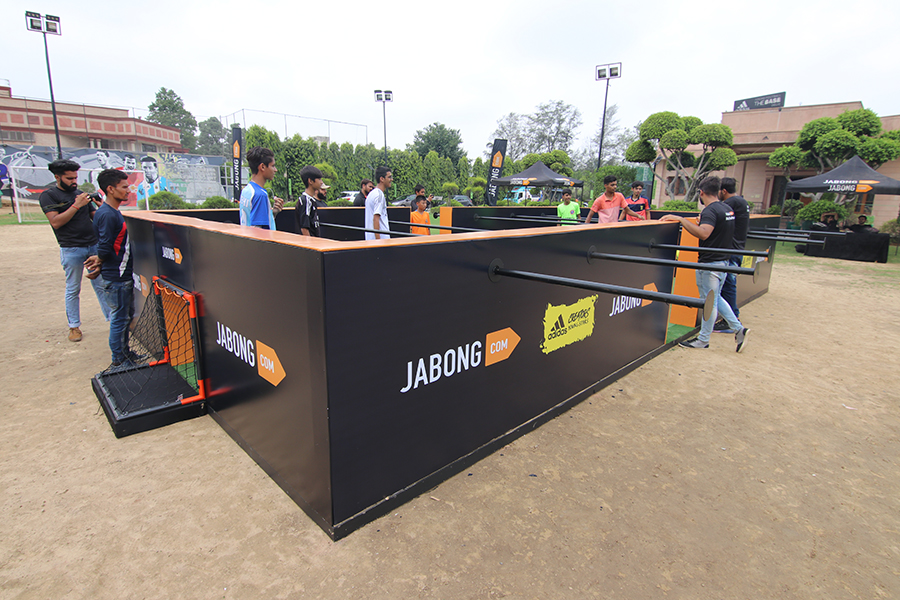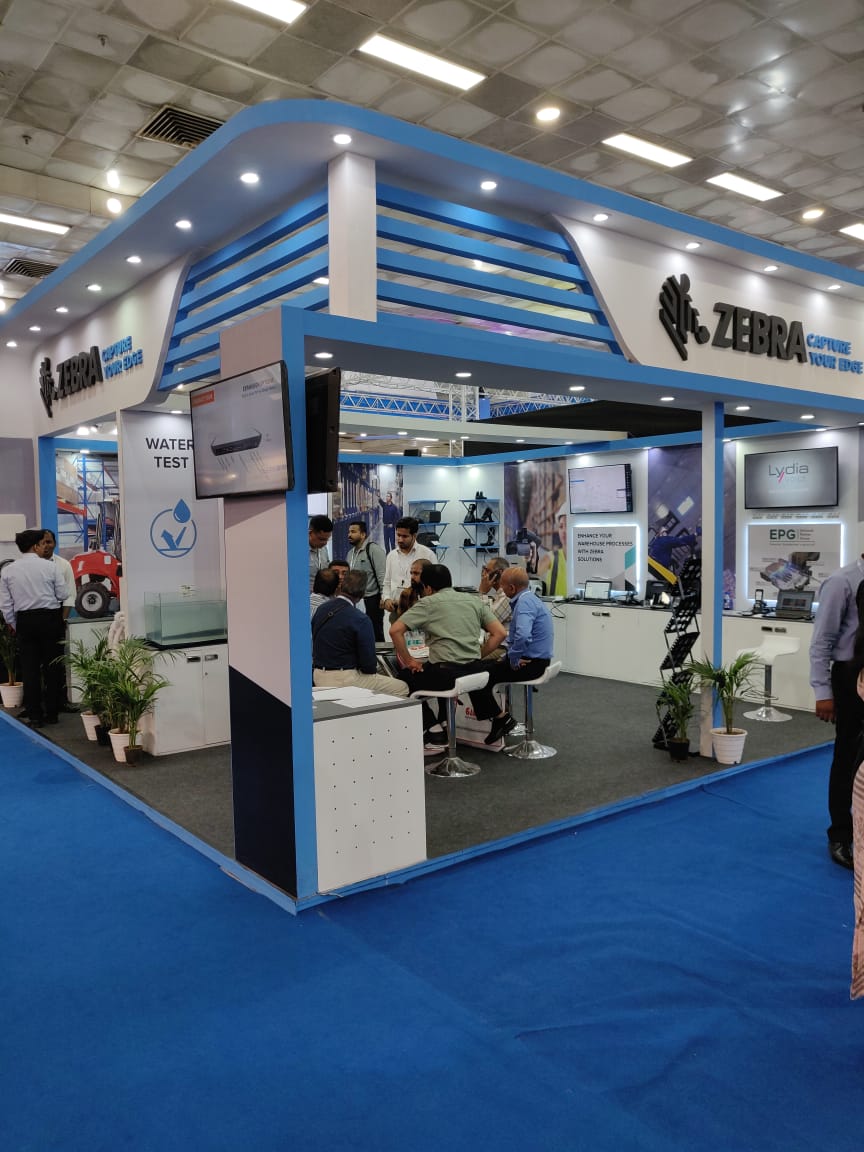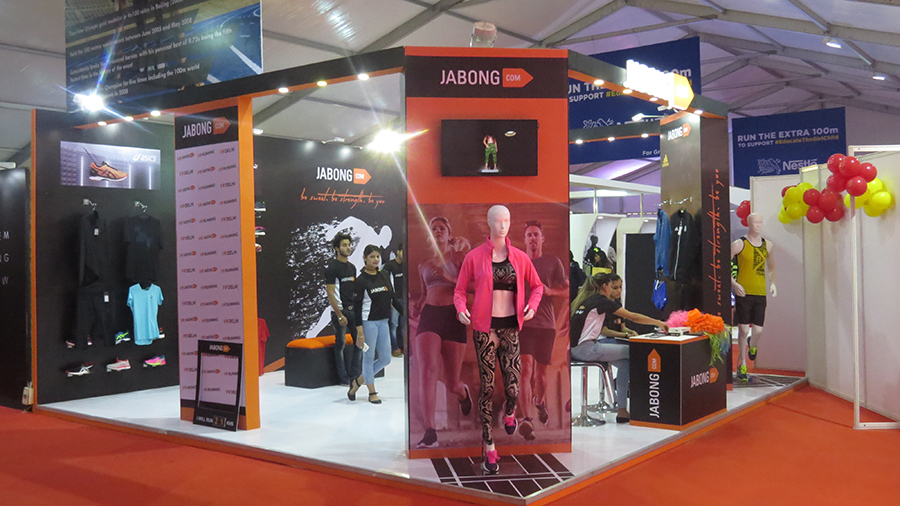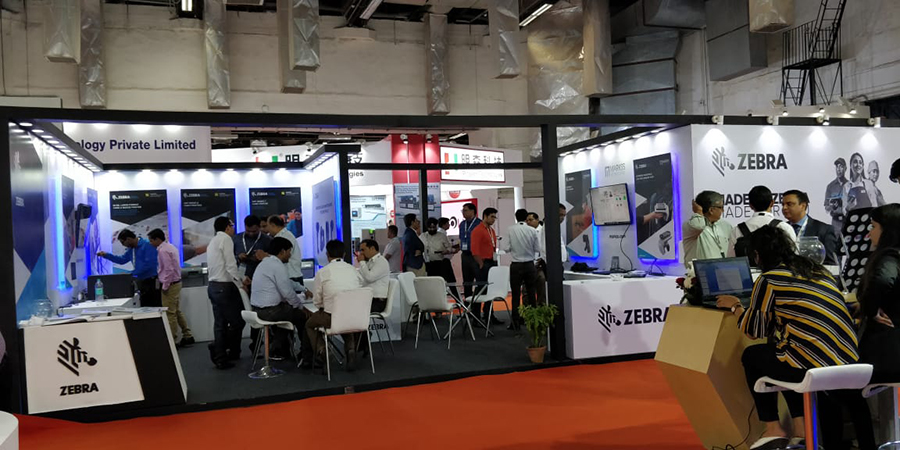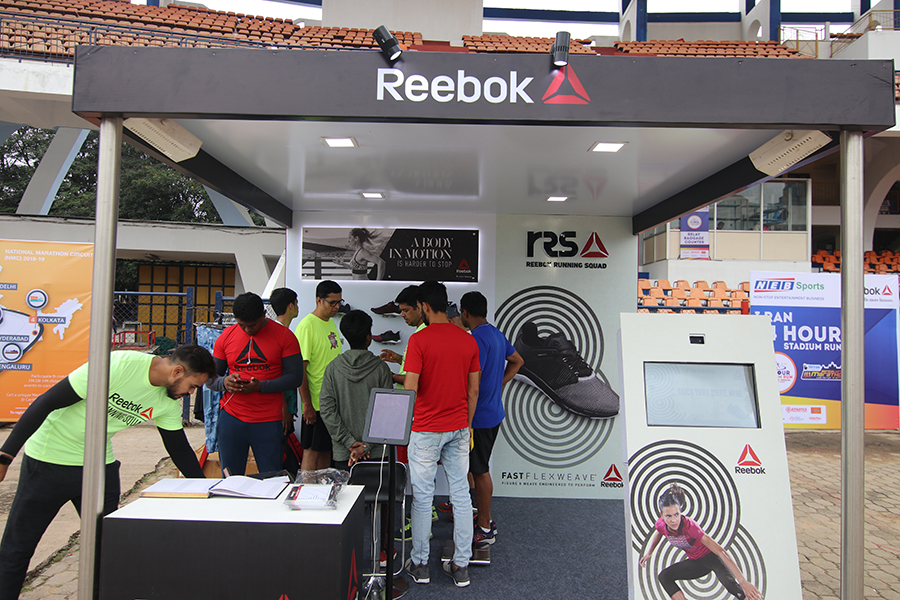Confused with your Exhibition setup? Here are some tips to fun it up!
By AVS IndiaExhibition planning is a major part of the world of marketing. You’ll need to do everything from arranging trade show booths to creating marketing materials, but if you know the right things to do, you can follow a proven plan and create successful exhibitions without having to worry about whether they will be successful or not.
The secret to successful exhibition planning is to have a plan. A solid strategy for your exhibition is the best way to ensure that you meet your goals, so don't wait until the last minute to put one together!
When it comes time for planning your own exhibition, take note of what worked well in other people’s events and incorporate those ideas into yours! In addition, don't be afraid of trying new things; as long as they work well with your brand identity and mission statement, go ahead and try them out!
Planning a perfect Exhibition
Exhibition planning involves researching the best location for your booth and building strategies that enable you to stand out. If you're looking for the secrets to successful exhibition planning, we've got them.
1. Consider your space requirements and budget.
2. Plan for a variety of exhibit types, sizes, and types of media.
3. Assess your company's needs by establishing a brand identity or message and a clear goal for your exhibition. Let's face it: no one wants to go to a business exhibition without seeing some kind of person behind the curtain. If you're not giving your audience something to connect with, they won't need your product—they'll just walk away feeling vaguely dissatisfied.
So, make sure you have someone there who can actually be seen while they're shopping around. Or if that's not possible, try hiring someone who looks like they could be their friend or relative (and not just some boring professional). That way they'll feel like they could hang out with you in real life!
4. Create an event timeline that outlines all key components of your exhibition event from start to finish including who will be attending; what they will need before they attend; what they should expect once they arrive; and how long the event will last each day (without exceeding three days). Plan for the unexpected, but always keep in mind that it's important to keep things running smoothly and on schedule.
5. Distribute materials such as brochures, posters, business cards, etc., before the event so there is no guesswork as to who will receive which materials at what time!
6. Be prepared for any problems or challenges that might arise during the planning process, and be ready to fix them as soon as they occur.
7. If you want people to see your work in a gallery or museum, make sure it's ready for display before you book an exhibition space!
8. Don't forget to plan some behind-the-scenes activities that will help keep people engaged while they are at your booth or exhibition space!
Now, to your Exhibition stand
There's no better way to attract more people to your exhibition stand than by making it look like a magical place. And there are so many ways you can do that, it's hard to know where to start! There are many ways to attract more people to your exhibition stand.
Here are five of the most effective:
1. Create a sense of urgency. If you have a limited amount of time, it's important to make sure that the message is clear and easy to understand. A good way to do this is through eye-catching graphics and images and the creative use of colors and fonts.
2. Get people talking about your brand or product with social media posts and videos. You can also create hype by making announcements on Facebook, Twitter, Instagram, Snapchat, Pinterest, or any other social media platform that's relevant to your business!
3. Use interesting content that will keep people's attention for longer periods of time (such as infographics). Ensure that the information contained within these pieces is useful and relevant and engaging enough so that users will want to read more!
4. Include some interactive elements in your stand design (such as QR codes or touchscreens). This will give visitors something else to do besides just walking around aimlessly—which could encourage them to stay longer at your stall.
5. Have the right display materials. You want your materials to be attractive, but not too flashy or extravagant. You want them to be practical and easy for people to see, but still, make them feel like they're at an event that's worth going to. Consider using bright colors and fun patterns, but don't go overboard—you don't want people wondering why their eyes hurt from looking at these things all day long!
6. Make sure everyone has a great view of everything! If you want people to stop by and check out everything at once, then make sure that each item is visible from every angle possible! Don't put things up on high shelves or behind glass cases—every inch of space should be accounted for so that people can get a good look at everything in the room without having to stoop down or crane their necks too much during their visit.
The purpose of the exhibition planning process is to plan for the best way to present your product to potential customers or clients in a way that will allow them to see its benefits and advantages. In other words, instead of just showing something off at an event or on social media (which is called "broadcast"), you want to make sure that you're engaging with people in person or online so they can experience your product firsthand.
About AVS
We at AVS are passionate about businesses and the work we do for them. Our team has helped hundreds of companies grow with us, from small-business owners looking for an easy way to get their brand out there online, to Fortune 500 companies that need help with their branding and marketing.
We do this by providing a wide variety of marketing services creation of advertising campaigns, management of a brand's identity, and consulting services in areas like social media management, event planning, and brand strategy.

